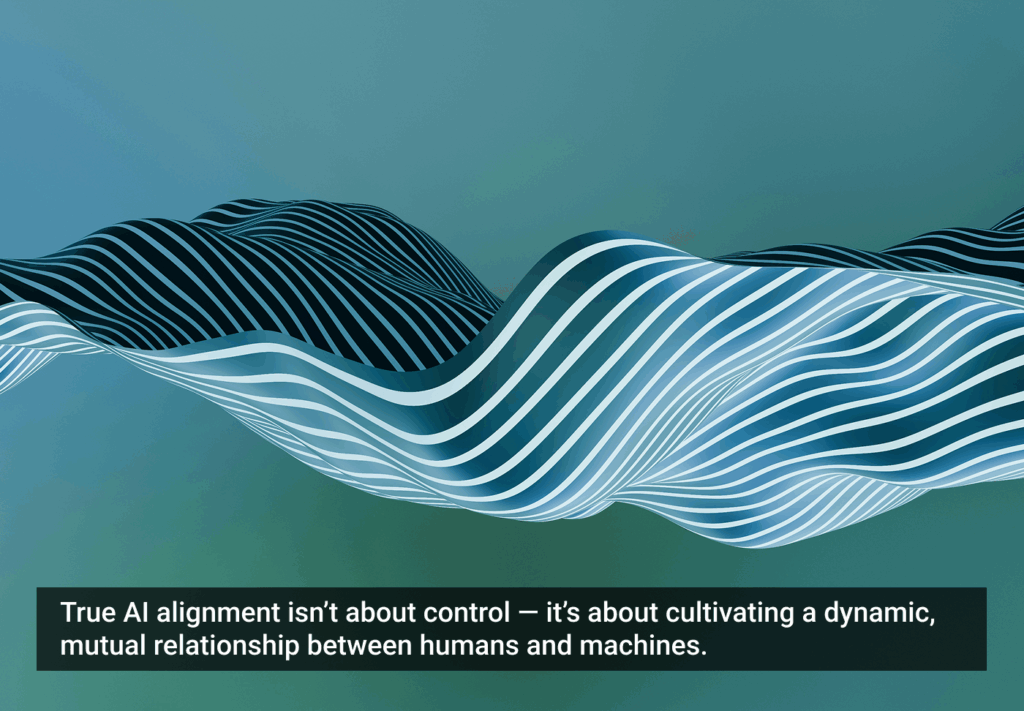Tech giants like Facebook, Google, and Baidu know that people aren’t filling their devices with apps anymore. Just 35 percent of smartphone users download a single app in an average month, and the average app loses 90 percent of its daily active users within 30 days of release.
While it might be fun to slice fruit or slingshot cartoon birds while waiting for the bus, these apps can’t offer the frictionless experience users crave. Consumers want a new, on-demand kind of app: one clad in a conversational interface, ready to serve, and capable of complex actions.
Want to check your flight status, book an Uber for when you land, and schedule your meetings for that afternoon? You could download and learn to navigate three new apps — or you could type your request to an app using Facebook’s new virtual assistant, M, and be greeted by a familiar, intuitive interface. From within Facebook Messenger — an app that 900 million people already use — M promises nearly wide-open functionality. By choosing M, you avoid toggling among apps and have a single transaction record for purchases. Furthermore, there’s no need to download a new app if you fly with another carrier in the future.
The future of technology is all about ease of use and “human” interactivity, and it’s why M has a host of competitors — WeChat, Siri, Google Now, Alexa, Duer, and Cortana, just to name a few — all vying to become consumers’ next favorite personal assistant and app home base.
WeChat: The Forefather of Facebook M
As exciting as M is, Facebook didn’t pioneer the conversational interface; it’s simply bringing the technology to the Western world.
Today, the little-known king of conversational user interface is WeChat, a mobile communication app debuted by Chinese internet giant Tencent in 2011. Although Tencent won’t say how many of its 697 million monthly active users are based in mainland China, it’s those users who get full access to the conversational, feature-rich app.
What’s so special about WeChat? For starters, it’s not just for messaging. It’s really its own environment in which users can instruct it to complete a whole host of tasks: They can share music, book doctor’s appointments, pay utility bills, order coffee, answer emails, and read news.
Of course, WeChat isn’t the final paradigm in conversational interfaces. Its biggest innovation so far — and the cause of its popularity — might be its interface. Ordering pizza via Microsoft’s recent Bot Framework took blogger and WeChat product manager Dan Grover 73 taps, while WeChat’s interface required just 16 taps, six of which were devoted to entering a PIN.
The conversational interface, as WeChat proves, isn’t replacing apps; it’s simply improving the way we access them. And as we continue to develop conversational UI technology, our apps will become progressively “smarter,” more useful, and more human.
Think about the movie “Her.” The Samantha operating system didn’t just take orders from Theodore Twombly’s smartphone; she was an artificial intelligence platform that transcended traditional app and OS functionality. The way they interacted felt human, so much so that Twombly ends up falling in love with “her.” While today’s technology is a far cry from this sophisticated AI, we’re beginning to see artificial intelligence’s capability for intelligent conversation and action. AI and chatbots are starting to act like smart assistants.
Encourage Adoption Through UX Improvements
Of course, developers’ hard work on conversational AI technology means nothing if people aren’t using it.
Facebook encouraged traction for M by tying the technology to Messenger. Similar to how the company made Messenger popular by prompting Facebook users to install the Messenger app for improved functionality, the company debuted M through in-app prompts. In much the same way, designers and developers must introduce conversational interfaces with apps that take full advantage of them. Here’s how to help users grow accustomed to the new faces of apps through improved user experience:
1. Rely on Third-Party Integrations
Instead of building features from scratch for a new app with a conversational UI, take advantage of third-party integrations. Users don’t want to open a dozen apps to make full use of the product, and third-party integrations add familiarity and functionality to an interface.
The workplace collaboration platform Slack, for example, has made its app even more user-friendly by integrating more than 150 third-party applications into its interface, including Twitter, Dropbox, Google, and Uber. Snapchat, meanwhile, is following WeChat’s lead toward “conversational commerce” by integrating with Square Cash to provide a peer-to-peer payments feature it calls Snapcash. Great messaging platforms and apps will be great integrators.
Winning apps will pair conversational interfaces with third-party integrations to painlessly solve user’s needs more efficiently and with a better experience. Once these interfaces take off, expect consumers to use them to schedule baby sitters, locate apartments, suggest recipes, and more.
2. Use Graphical Interfaces to Support Conversational UI
Conversational apps are exciting because everybody dreams of having a smartphone-bound personal assistant. But to make conversational UIs truly user-friendly, these messaging platforms must recognize the limitations of text-based interaction.
This is because text conversations alone cannot make input effective and natural. Let’s say you’re purchasing concert tickets. You want to sit close to the stage, but not too close. And, of course, you need to see the price before choosing your tickets.
A conversational bot could spend hours listing available seats, describing relative distances from the stage, and offering prices for each. But wouldn’t it make more sense for the conversational app to launch the ticketing company’s interactive seat map? The user could quickly glance at the options and check prices before buying tickets.
Developers of intuitive conversational interfaces will, perhaps most important, need to realize when conversation is not the most efficient way to solve a problem. In these situations, conversational apps could utilize a small widget in the chat window to allow the user the option of a third-party graphical interface. Chat interfaces are a better way to access the information and services you want, making it much easier than thumbing through pages and folders to find the right app.
For technical people, imagine it like a smart and intuitive command line interface.
3. Make AI Situationally Sensitive
Today’s conversational bots excel at one-size-fits-all tasks such as making reservations or defining terms. But the trick will be performing tasks in a manner that requires knowledge of each user’s intents and interests.
The Quartz app, for instance, proactively sends photos, messages, GIFs, and links associated with current events to users. Each story offers two canned responses: either a cheeky answer in a few words or emojis or the option to skip the current news story.
But to become popular among users, apps with conversational interfaces will have to offer more than predetermined or emoji responses; they’ll need to simulate human interaction by actively contributing to the conversation and asking questions. This means that UX designers will need to work with AI developers to ensure the response content and tone are appropriate for each conversation.
A chatbot app making reservations for a comedy club, for instance, should be upbeat and crack jokes, but that demeanor likely wouldn’t go over well with a user who is using the app to contract legal services or make funeral arrangements. If the bot needs more information to perform a task, then it should know how to request it appropriately.
The Future of Conversational Chat Bots
While the premise of “Her” was a little far-fetched, it won’t be long before everyone has his own virtual assistant. Smart applications clad in chat interfaces will soon be able to interpret tasks like a human might. Within a decade, we’ll be able to hold intelligent conversations with a variety of chatbots, almost like instant experts, via our smart devices.
With platforms that allow anyone to build his own chatbot, the possibilities are endless. Chatbots will be nearly as widespread as apps are today, and those that rise to the top will be the bots with the most intuitive, useful interfaces.
We’re not far from a future in which we’ll ask our cars to grab milk and eggs before picking us up from work and then, once home, open the blinds, turn on the TV, and preheat the oven with just a few words. In the meantime, we’ll ponder questions related to finance, philosophy, sports, or medicine with bot “experts.” A remarkably connected future is coming: All we need to do is ask for it.








